If you’re not googling yourself, you should be. When recruiters or hiring managers are viewing candidates, they Google you. They can see all your social media accounts and any articles about you, so you want to make sure what’s out there represents you well. That’s why it’s so important for you to know how to use LinkedIn and make it easy for recruiters and hiring managers to connect with you and see that you fit what they are hiring for!
You Transitioned. Now You’re Searching Jobs For Veterans
When veterans leave the military, they are also saying goodbye to an all-encompassing way of life, a camaraderie unique to the service and a slew of ingrained behaviors. Transitioning service members face several other challenges too, from “translating” their resumes from military jargon to civilian terms to outfitting a new wardrobe. Suddenly, veterans find themselves in a whole new world, with all new rules. Kick the military jargon to the curb, read this article next to translate your military skills on your resume.
And unlike the military, there are no pamphlets or instruction manuals you can read to learn what to do. But there is help. In the service, military members build their network of peers, colleagues, supervisors, and friends—people they rely on to help get the mission done. But this network of individuals can’t always help the service member find their next career.
Why An Active LinkedIn Account Will Help You Get Hired
This is why Mike Ross, Army veteran and corporate recruiter, advises veterans to get on LinkedIn.
“Use LinkedIn for its intended purpose,” he says. “And once you’re on it, use it. If you don’t know how to use it, ask for help.”
LinkedIn is meant to be a professional networking site on which veterans can build a profile, complete their online resume, and make connections. To get started on LinkedIn, veterans can apply for one year of premium LinkedIn access for free. (With a Premium LinkedIn account, you can send direct messages to employers, take certification courses to show your skills, and access some additional benefits on their platform
However, like other aspects of the civilian world, the site comes with some unwritten rules.
Here are a few tips from folks who know what they’re talking about: former military members turned corporate recruiters or employers who hire veterans. They see resumes and LinkedIn profiles like yours every day.
How To Use LinkedIn (Hint: It’s More Than A Name)
1. Fill out your LinkedIn profile in its entirety.
Having a basic LinkedIn profile set up is just the beginning. You should use each section and feature to the fullest, including volunteer information, asking for and giving recommendations, listing skills, etc. Be sure to update your official service photo with a photo of you in professional, civilian attire.
2. Engage with companies.
Sultan Camp, a Navy veteran and director at the Hampton Roads Workforce Council, encourages veterans to actively participate with businesses and individuals online.
“Follow the companies you’re interested in,” he advises. “Engage with companies’ posts, share your expertise by writing articles and comments, and build your network.”
By liking, sharing and commenting on companies’ posts on social media, you are expressing interest in a company. Visiting the company’s website and interacting with their content is an easy way to learn about their business. More importantly, this is crucial to understanding how your skillset helps them achieve their mission.
3. Demonstrate your expertise.
LinkedIn allows individuals to publish articles. Writing content that shows off your skills helps veterans build their online reputation. Join the conversation on something you’re knowledgeable about and post thoughtful responses. Over time, people get to know you for your skillset, and individuals may start coming to you for your perspective. This all helps to expand your professional network with people who respect and value your insight.
4. How to use LinkedIn to build your network.
This doesn’t mean connecting with as many people as possible in hopes they can help you find a position. Just as you wouldn’t approach someone you’ve never met and immediately ask them for a favor, relationship building online takes time, effort and patience.
“Don’t send a recruiter a message asking, ‘What roles do you have for me in your company?’” Sultan says. Instead, find ways to help people in your network by making introductions, solving problems and building social capital. Here are seven more LinkedIn Networking tips that you can take to heart and start building your online professional network.
“Use LinkedIn as a tool to connect with other veterans at your target companies and start a conversation. Ask about their background and experience, and why they like working at that company,” Sultan says. In other words, veterans must focus on developing mutual, personal relationships versus transactional relationships.
Is Your LinkedIn Profile A Good Representation of You?
It’s helpful to think of LinkedIn as an extension of your resume, a way to demonstrate your soft skills and personality before an interview. While a resume may cover the basics about your professional experience, skills and education, your LinkedIn profile shows what kind of employee you’ll be.
Jack Child, the founder of Veteran Service brands and an Air Force veteran, encourages transitioning service members to scrutinize their social media accounts and what comes up about them in online search results.
“You want to make sure you’re not ruining your job prospects before you even get a chance to interview,” he says. “If I click on ‘all activity’ on your profile and find things that tell me you’re unprofessional or not a team player, your resume goes to the bottom of the list.”
Put yourself in the recruiter’s shoes: You have two equally qualified candidates with excellent resumes and superb interviews. How can you tell who is a better fit for your company? Let’s say one person exhibits antagonizing behavior online and some of their posts are hateful and rude. Which one would you hire?

Next Steps: Search Jobs for Veterans
Social media platforms are powerful tools that, if used correctly, can be leveraged to help you land your next job. However, it comes with a hard and fast rule: Don’t post anything online you wouldn’t want a recruiter (or your grandma) to see.
Finally, LinkedIn is a professional site, while others like Facebook, Twitter, TikTok and Instagram, serve a different purpose. Understanding which content is appropriate for the various platforms can prevent you from committing, at best, a social media faux pas and, at worst, a career-killing move.
As you continue to build your LinkedIn Presence and search for jobs, make sure to create your free profile on the G.I. Jobs Career Portal. It’s our Veteran Job Board that connects you to companies hiring veterans. Find thousands of jobs with companies hiring in every industry across the U.S.
For more tips to get hired, check out our monthly Get Hired Workshop. Recruiters, hiring managers, and other experts in the space share their tips with veterans to help veterans get hired.





